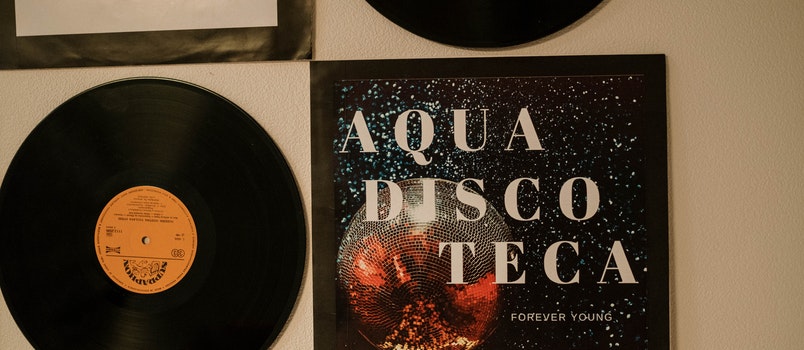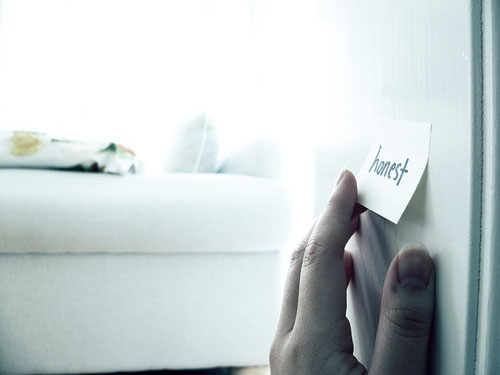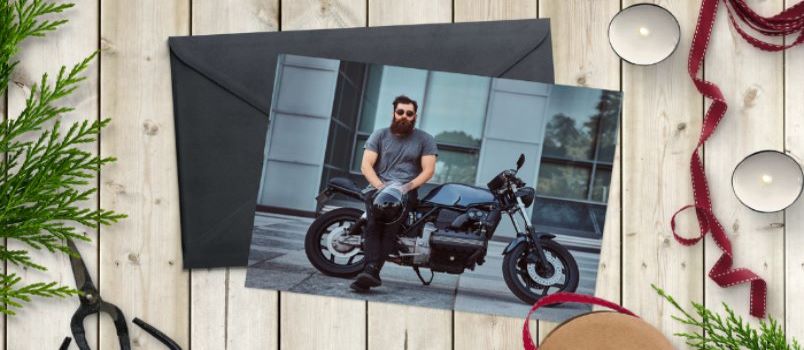According to a 2017 labeling and packaging survey, 33% of shoppers will reject a product if they don’t like the label!
Given this grim statistic, your product label design is one of the last things you want to be carefree about. You could potentially be losing a third of your buyers!
You’ve stressed over creating the perfect product for the ideal audience. Now, you must label your product correctly. Here is how to design product labels.
How to start creating labels?
Creating a winning label starts from getting your research right. You’d mostly need to research who your target audience is and what your competitors are doing.
If you already have a product, you likely have your customer’s data. Otherwise, you’d want to find out who your ideal buyers are – their age range, gender (if it’s a gender-based product), and important psychographics like their opinions, beliefs, and values.
Since not everyone will buy from you, you shouldn’t try to sell to everyone. You’d need your ideal buyer’s data if you are to create a compelling label for your product.
You’d also need to research your competitors. What is their value proposition or unique selling point (as some might call it)? How is their product label styled?
You’d need this research if you want to avoid creating a label that is strikingly similar to your competitor’s. Other times, you just want to find out what your competitors are doing correctly so that you can successfully replicate it.
Do you see how this will save you time and precious resources?
Secrets of creating a selling label
A lot of elements come together to make a winning label. You’d need to decide how you are combining these elements so that they amplify your brand’s value proposition and your product’s appeal to your ideal buyers.
These design elements can be colors, graphics, texts, fonts, and the like.
We’d now see what should inform your choices when designing your product label.
Color
Colors play a key role in any marketing effort.
You should consider some factors before deciding what colors your label should come in. They include:
– Is there a pre-existing brand color?
– Where will the final product be placed?
– What are my customer’s motivations and values? Etc.
Sticking to a pre-existing brand color for the label design might help your customers quickly identify your brand. But if the product will be placed on supermarkets shelves, you must note that many similar products are competing against yours. So, you are more likely to be noticed if your label is donned with brighter colors.
The colors of your product labels convey a clear message to your buyers. You mustn’t leave this message to chance. Your buyers are listening, and they will make a purchase when you speak convincingly to them.
Use red if you want to convey energy, passion, excitement, or danger. Use pink for a predominantly female audience or a feminine product. Psychologically, pink color is closely associated with femininity.
Green is closely linked to health and fertility. Those in the health or fitness industry can use a shade of green on their logo or label to convey the right message.
If you have a color in mind, you must research the color. You want to make sure the color doesn’t miscommunicate your brand’s ideals or your client’s values.
Graphics
If your label has graphics or images, you must use high-quality images. The graphic shouldn’t be too tiny else they look obscure or irrelevant.
Avoid using images you sourced for on the internet. You may lack the permission to do so. Also, avoid using popular image formats like JPEG or PNG. These formats do not print well. They also do not scale well. Use a quality vector format instead.
Text
Consider the Shape and Size of the Container
How your text is laid out will depend on the size and shape of your product packaging. Your product packaging also informs the size of your labels.
You do not want to cram too many texts in a tiny space. Or they will be impossible to read. If you want to design labels for bottles, for instance, your text layout will depend on the size and shape of the bottle and will differ for a different container.
Avoid Grammatical Errors
A misspelling or a typo is not an error that shoppers will overlook.
It’s why you should be extra diligent and use a grammar checker like Grammarly. Check for punctuations, misspellings, and suggested improvements to your writing.
Make sure your writing is simple enough to be understood by anyone.
Test and Proofread
What are people’s responses to your product label? The only way to find out is by testing. You want to text on an array of audiences. These may not represent your buyers, but they can offer you their unbridled perspective for your careful assessment.
Font
Make the Text Readable
Your product label carries such useful information as the name of your product, a tagline, instructions for use, ingredients used, or sometimes, necessary precautions or warnings.
As such, your font choice must be readable. It’s why you generally want to steer clear of stylish fonts. You should use them sparingly.
Stick to 2-3 font choices at most. The font contrast will help with readability. Also, try not to go below 7 points font size. You risk being illegible if you go below that.
It’s useful to note that certain typefaces from the sans-serif font family are preferred for print as they tend to be more easily read than others. Some notable sans-serif fonts are Helvetica and Arial.
Again, If you put out information, ensure they are legible and easy to read.
Material
What product label material should you use?
We’d now see three major material types and why you’d want to use them.
Paper Labels
Paper labels are affordable. Besides, they are a practical choice if you do not worry about your products coming in contact with water or oil.
Paper labels are the most eco-friendly and easily recyclable. As such, they can give your product that natural look.
Vinyl Labels
Vinyl material remains undamaged when in contact with water or oil. They are often used for clear labels because they have a transparent appearance so that the product can be seen through the label.
Films
Use films when you require resistance to water, oil, and even chemicals.
Films are the most durable of materials and can withstand squeeze and temperature.
Conclusion
As you can see, a lot goes into creating a winning product label. As such, it’s okay if you do not feel equal to this task and you instead want to use the service of a professional.
If you need guided help, head over to 4over4.com. There, you can design and print labels online. We ensure your labels come out how you’d want them, and we’d be glad to help you.
Designing a product label is quite frankly an arduous task. But when done right, it can drive the sales and acceptance of your product.
Have you had to design a product label before? What challenges did you run into, and how did you overcome them? We’d like to know.





